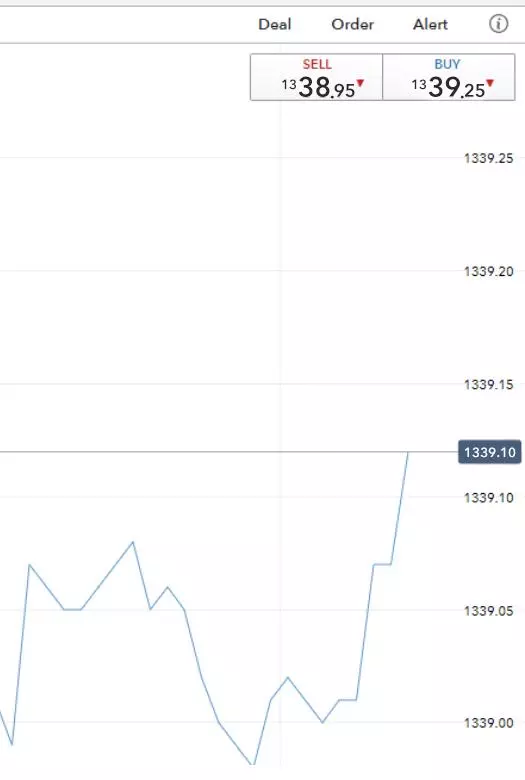Spread definition
What is a spread?
A spread in trading is the difference between the buy (offer) and sell (bid) prices quoted for an asset. The spread is a key part of CFD trading, as it is how the derivatives are priced.
Many brokers, market makers and other providers will quote their prices in the form of a spread. This means that the price to buy an asset will always be slightly higher than the underlying market, while the price to sell will always be slightly below it.
Spread can have a variety of other meanings in finance but they all refer to the difference between two prices or rates. For example, it is also a strategy in options trading, known as an option spread. This involves buying and selling an equal number of options with different strike prices and expiration dates.
Learn what CFD trading is
Discover how CFD trading works, including how to go long or short.
What is the bid-offer spread?
The bid-offer spread, also known as the bid-ask spread, is just another way of talking about the spread applied to an asset’s price.
The bid-offer spread is a representation of the supply and demand for an asset. If the bid and offer prices are close together, it is considered a tight market, which means that there is a consensus between buyers and sellers on how much the asset is worth. If the spread is wider, it means that there is significant difference in opinion.
The bid-ask spread can be impacted by a range of factors, including:
- Liquidity. This refers to how easily an asset can be bought or sold. As the liquidity of an asset increases, the bid-ask spread usually tightens
- Volume. This is a method of reporting the quantity of an asset that is traded daily. Assets that have a higher trading volume will often have narrower bid-offer spreads
- Volatility. This is a measure of how much the market price changes in a given period. During periods of high volatility, when prices change rapidly, the spread is usually much wider
Spread charges explained
The spread is one way in which traders pay to execute a position. For some assets, like shares, providers will not use a spread but will charge on a commission basis – other assets might feature a mixture of the two.
When trading products with a spread, a trader will hope that the market price will move beyond the price of the spread. If this happens, it means that the trade can be closed for a profit. If the price doesn’t move beyond the cost of the spread, the trader could close their trade at a loss, even if the market moves in the direction they have predicted.
Example of a bid-offer spread
Let’s take a look at a bid-offer spread with IG. In the below example, you can see the difference between the underlying market price – which is $1339.10 – and the prices a trader would be opening their position at.

In this case, the spread is 0.3 points, so 0.15 points have been applied on either side of the underlying price. If a trader wanted to open a long position, they’d buy the asset at $1339.25, and if they wanted to open a short position, they’d sell the asset at $1338.95.
Build your trading knowledge
Discover how to trade with IG Academy, using our series of interactive courses, webinars and seminars.